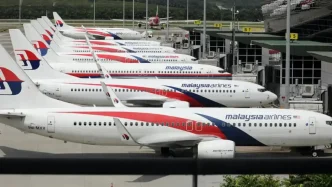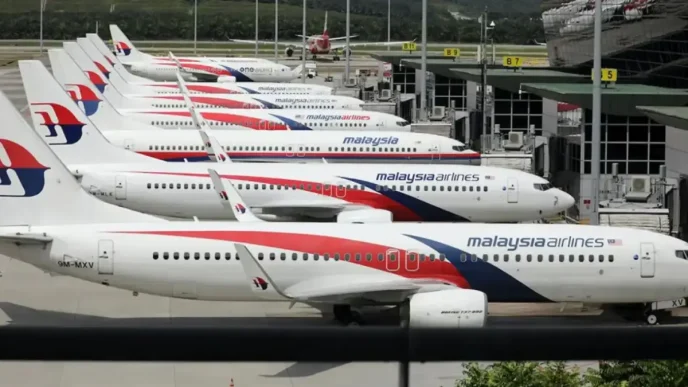Air Astana, Kazakhstan’s flagship carrier, has launched a new nonstop flight connecting Astana to Da Nang, a vibrant coastal city in central Vietnam. The inaugural flight, which departed on 14 May 2025, marks a significant step in deepening ties between Central Asia and Southeast Asia, driven by growing demand for tourism and business travel. Operating twice weekly, the route underscores Air Astana’s ambition to expand its footprint in Vietnam, a country increasingly popular among Kazakhstani travellers.
The new route, serviced by the fuel-efficient Airbus A321LR, departs Astana International Airport on Wednesdays and Sundays at 10:55 PM, arriving in Da Nang at 8:25 AM the following morning. This overnight schedule allows passengers to begin their Vietnamese adventure refreshed. From 4 June 2025, Air Astana will further enhance connectivity by introducing two weekly flights from Almaty to Da Nang, bringing its total Vietnam services to 11 weekly flights.
Da Nang, known for its pristine beaches and dynamic culinary scene, is a gateway to central Vietnam’s cultural treasures. The city lies within easy reach of two UNESCO World Heritage Sites: Hoi An, a historic trading port famed for its lantern-lit streets, and Hue, the former imperial capital. The route’s launch aligns with Vietnam’s visa-free policy for Kazakhstani citizens, allowing stays of up to 30 days, a factor likely to boost leisure and business travel.
Economic and Cultural Bridges
Air Astana’s expansion reflects broader trends in Central Asia-Southeast Asia relations. Vietnam’s growing appeal as a tourism and investment destination has spurred demand for direct flights. The airline already operates seven weekly flights to Nha Trang, a coastal resort city, from Astana and Almaty. The addition of Da Nang diversifies options for travellers seeking Vietnam’s blend of modern amenities and cultural heritage.
The route may also foster economic collaboration. If trade and investment between Kazakhstan and Vietnam continue to grow, as suggested by regional analysts, enhanced air connectivity could facilitate business exchanges. However, such projections remain speculative, with no confirmed data yet indicating a direct economic impact from the route.
Passenger Experience and Regional Vision
The Airbus A321LR, deployed on the Astana-Da Nang route, offers modern cabin comforts tailored for medium-haul flights. Air Astana’s focus on passenger experience aligns with its broader strategy to position Kazakhstan as a transit hub linking Europe, Asia, and beyond. By tapping into Da Nang’s rising status as a global tourism hotspot, the airline is catering to evolving travel preferences while promoting cultural exchange.
Challenges and Considerations
While the route signals opportunity, its success hinges on sustained demand. Seasonal fluctuations in tourism or geopolitical shifts could affect passenger numbers, though no evidence currently suggests such risks. Air Astana’s phased approach—starting with two weekly flights and expanding from Almaty—indicates a cautious yet optimistic strategy.
A Step Toward Connectivity
The Astana-Da Nang route is more than a new flight path; it reflects Air Astana’s commitment to bridging distant regions. As Vietnam’s central coast gains prominence and Kazakhstan’s travellers seek new horizons, this connection promises to strengthen cultural and economic ties. For now, the route stands as a bold move in a recovering global travel market, with potential to reshape regional connectivity if demand holds.
















